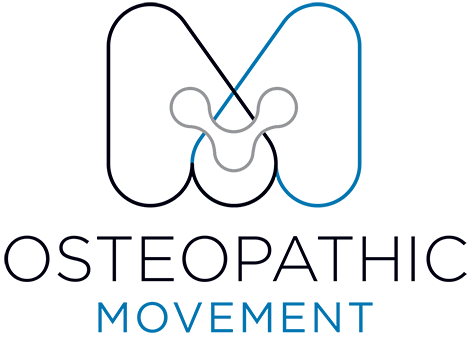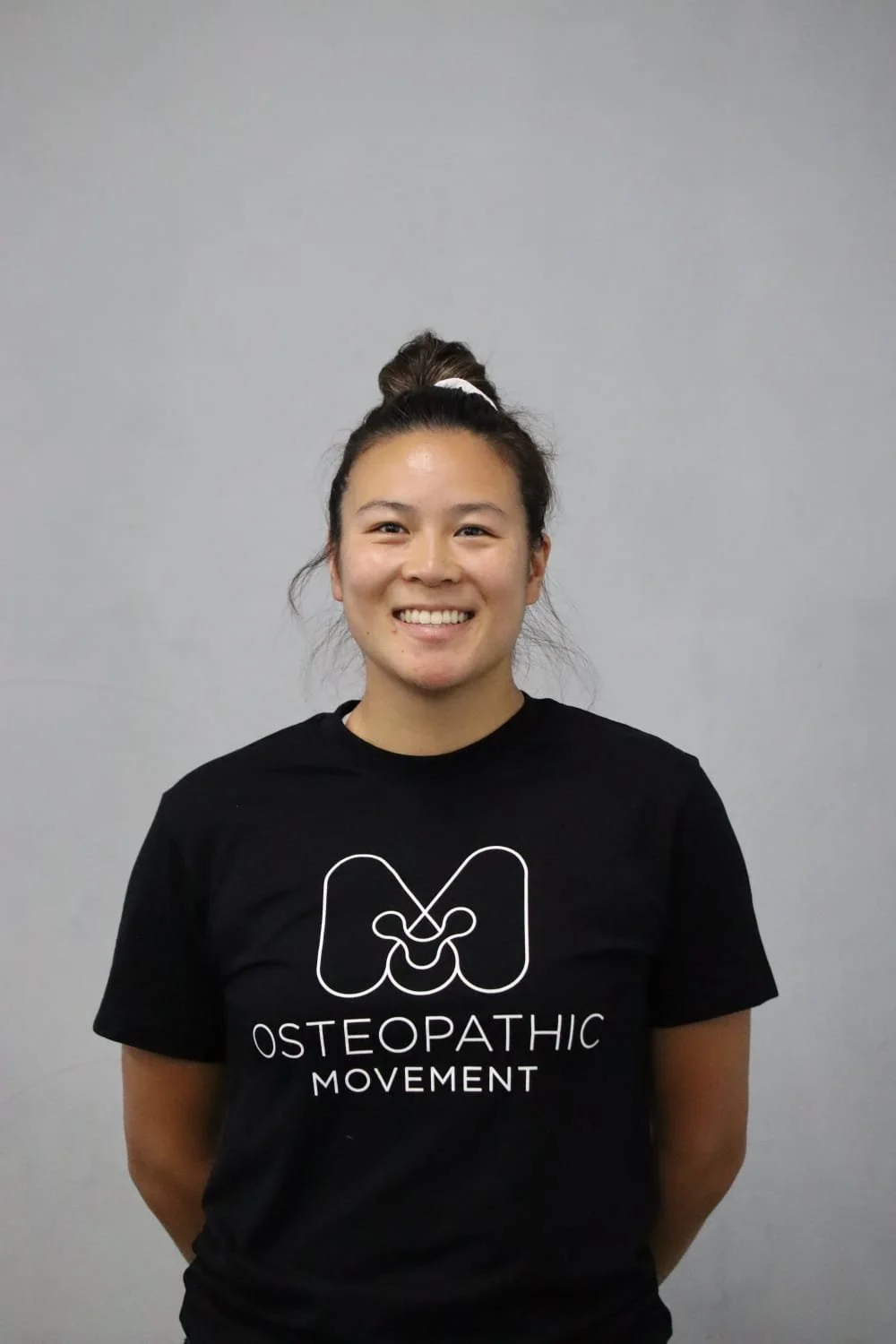Running Warm-Up
The Ultimate Running Warm-Up Routine
Ready to hit the ground running this year?
Whether you’re a weekend jogger, a track athlete, or training for your first marathon, a proper warm-up routine is one of the simplest ways to boost performance and prevent injuries. Yet it’s also one of the most commonly overlooked parts of a run.
A well-structured warm-up only takes 5–10 minutes — and the payoff is huge.
Why You Should Never Skip Your Warm-Up
Think of your body like a high-performance engine: you wouldn’t drive at full throttle without letting it warm up first.
A good warm-up should:
Gradually increase your heart rate and breathing
Prime your muscles and joints for movement
Raise your body temperature, improving flexibility and muscle elasticity
Prepare your nervous system for coordination and balance
Reduce your risk of muscle strain or joint injury
This routine is ideal before running, footy, or field-based training, but can be adapted for almost any sport.
The Best Warm-Up for Running
Below is a progressive dynamic warm-up used by runners and professional athletes alike. It takes around 8–10 minutes and can be performed anywhere — no equipment required.
1. Light Cardio (2 minutes)
Start by getting your blood flowing with gentle movement.
Brisk walk or light jog (30–60 seconds)
Side shuffles or skipping on the spot (30 seconds)
High knees or butt kicks (30 seconds)
This helps elevate your heart rate and prepare your joints for more dynamic work.
2. Dynamic Mobility (3 minutes)
Loosen the joints most involved in running — hips, knees, and ankles.
Leg swings (front-to-back and side-to-side) – 10 reps each leg
Hip circles – 10 each direction
Ankle rolls – 10 each way
Torso rotations – 10 reps
These movements enhance mobility and help lubricate the joints with synovial fluid.
3. Dynamic Stretching (3 minutes)
Instead of holding static stretches, move dynamically through ranges of motion to activate key running muscles.
Walking lunges with a twist – 10 steps each side
Knee hugs to calf raise – 10 each side
Toy soldiers (straight-leg kicks) – 10 each side
Hamstring scoops – 10 each side
These exercises activate your glutes, hamstrings, and quads — all essential for running mechanics.
4. Running-Specific Drills (2 minutes)
These help prepare your neuromuscular system for efficient running form.
A-skips – 20 metres or 20 seconds
B-skips – 20 metres or 20 seconds
Bounding or high skips – 2 x 20 metres
Strides (short accelerations) – 3–4 runs of 50–60 metres at 70–80% effort
These prime your running rhythm, reinforce good posture, and prepare your body for impact.
Bonus: Warm-Up Tips from Our Osteopaths
Focus on smooth, controlled movement rather than speed.
Warm up in layers if it’s cold, and remove them gradually as your temperature rises.
Avoid static stretching before a run — it can reduce power and performance.
If you’re returning from injury, add extra time for activation work (e.g. glute bridges or calf raises).
To learn more about managing and preventing running-related injuries, explore our blogs on Knee Pain and the Hip-Knee Continuum and Should You Rest After an Injury? Perhaps Not..
If you experience persistent pain when running, such as shin splints or hip tightness, our osteopaths can perform a running assessment to identify and correct your underlying biomechanical imbalances.
The Takeaway
A complete running warm-up doesn’t need to be complicated — but it should be consistent. By dedicating just 10 minutes before each run, you’ll move better, feel stronger, and dramatically reduce your risk of injury.
Book Your Appointment
If you’d like a personalised running assessment or rehabilitation program, our experienced osteopaths can help optimise your training and recovery.
• Meet our South Yarra osteopaths
• Explore our Osteopathic Movement clinic
• Book your appointment online
Written By Dr. Serena Kuo (B.AppSci(CompMed), M.H.S (Osteopathy)) - Associate Osteopath, Osteopathic Movement, South Yarra.

